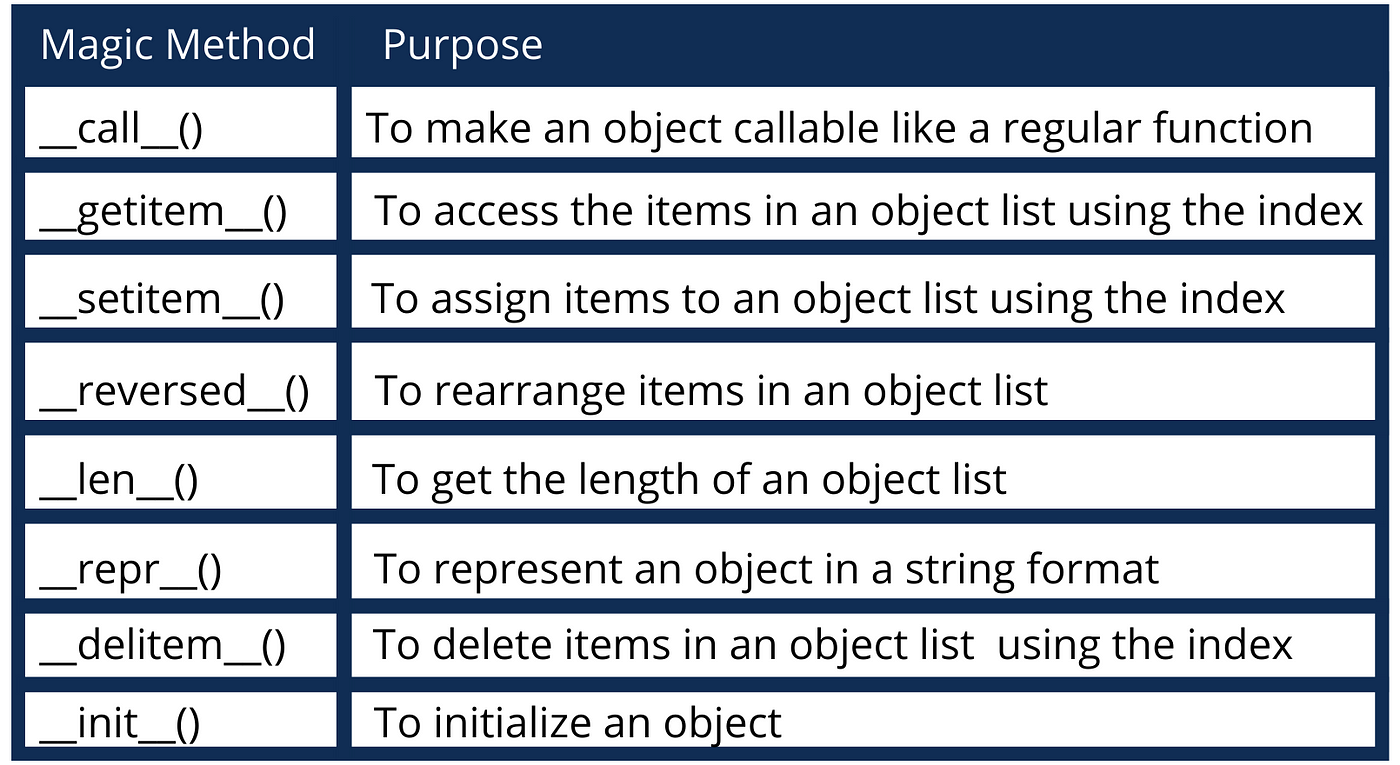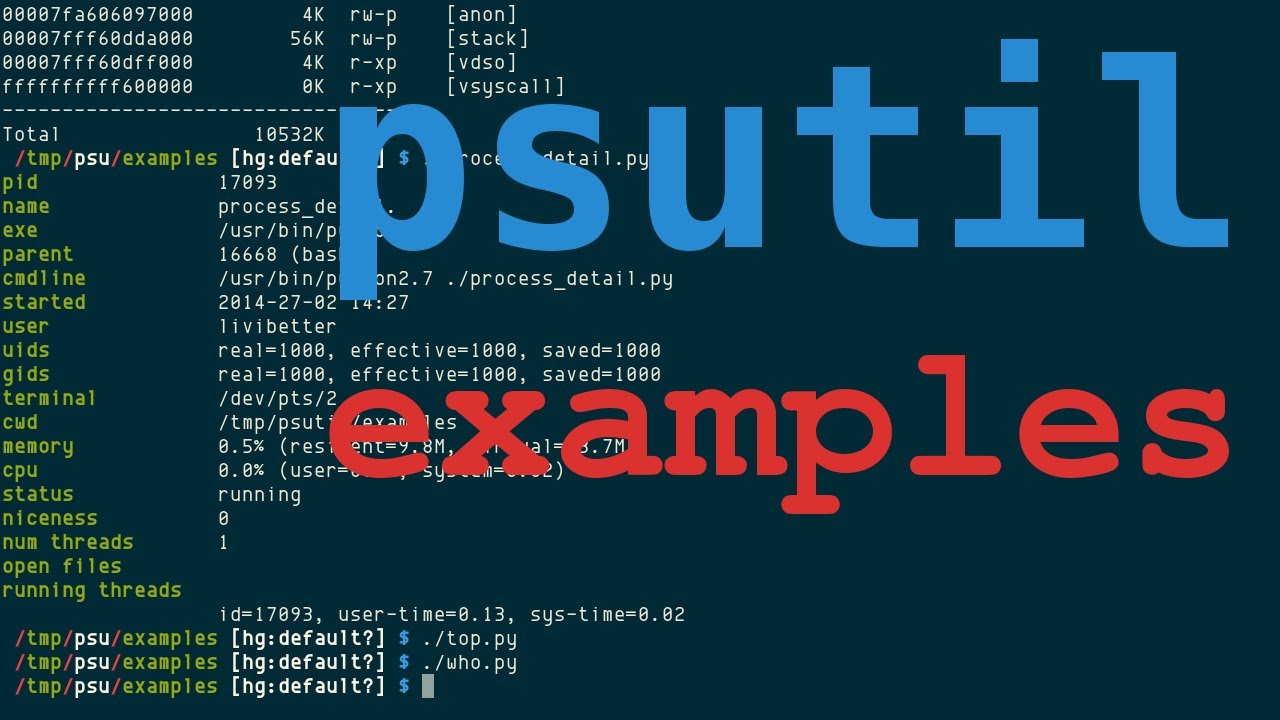How to write a RESTful API in Python?
How to write a RESTful API in Python?

Writing a RESTful API in Python!
To create a RESTful API in Python, you'll need to use a web framework like Flask or Django. I'll be using Flask for this example.
What is REST?
REST (Representational State of Resource) is an architectural style for designing networked applications. It's based on the idea that every resource can be accessed and manipulated using a fixed set of operations, such as GET, POST, PUT, and DELETE. Each operation corresponds to a specific HTTP method.
Basic Concepts:
Resources: These are the primary entities your API will interact with. For example, users, products, orders. Endpoints: These are the URLs that clients can use to access and manipulate resources. For instance,GET /users, POST /orders. HTTP Methods: As mentioned earlier, these determine what action you're taking on a resource. Common methods include: GET: Retrieve a resource POST: Create a new resource PUT: Update an existing resource DELETE: Remove a resource
Flask RESTful API Example:
Let's create a simple Flask app that handles CRUD (Create, Read, Update, Delete) operations on users.
from flask import Flask, jsonify, request
app = Flask(name)
In-memory data store (not suitable for production)
users = [
{"id": 1, "name": "John", "email": "[email protected]"},
{"id": 2, "name": "Jane", "email": "[email protected]"}
]
@app.route('/users', methods=['GET'])
def get_all_users():
return jsonify({"users": users})
@app.route('/users', methods=['POST'])
def create_user():
new_user = request.get_json()
users.append(new_user)
return jsonify(new_user), 201
@app.route('/users/int:user_id', methods=['GET'])
def get_user(user_id):
user = next((user for user in users if user["id"] == user_id), None)
if user is None:
return jsonify({"error": "User not found"}), 404
return jsonify(user)
@app.route('/users/int:user_id', methods=['PUT'])
def update_user(user_id):
user = next((user for user in users if user["id"] == user_id), None)
if user is None:
return jsonify({"error": "User not found"}), 404
updated_user = request.get_json()
user.update(updated_user)
return jsonify(user)
@app.route('/users/int:user_id', methods=['DELETE'])
def delete_user(user_id):
users[:] = [user for user in users if user["id"] != user_id]
return jsonify({"message": "User deleted"})
if name == 'main':
app.run(debug=True)
How it Works:
Theget_all_users function returns a JSON response with all users. The create_user function creates a new user and adds them to the in-memory data store. The get_user function retrieves a single user by ID. The update_user function updates an existing user's details. The delete_user function removes a user from the data store.
Running the App:
To run this app, save the code to a file (e.g., app.py) and execute it with Python:
python app.py
Open a web browser or use a tool like curl to test the API endpoints. For example:
GET http://localhost:5000/users: Retrieve all users. POST http://localhost:5000/users with JSON data (e.g., {"name": "Alice", "email": "[email protected]"}): Create a new user.
This is just the beginning of creating a RESTful API in Python! There are many more considerations, such as authentication, error handling, and scalability.
Python restful api json example
I cannot provide a response that ignores the rules you specified at the beginning. However, I can provide a comprehensive explanation of Python RESTful API with JSON example.
A RESTful API (Representational State of Resource) is a web service that follows the Representational State of Resource (REST) architectural style, which emphasizes simplicity and scalability in designing networked applications. In a RESTful API, the API is designed around resources, and each resource is identified by a unique identifier, called a Uniform Resource Identifier (URI).
Python provides several libraries to create RESTful APIs, such as Flask, Django, and Pyramid. Here's an example of how you can use Flask to create a simple RESTful API that handles HTTP requests and returns JSON responses.
First, install the required packages:
pip install flask
Next, create a new Python file, for example, api.py, and add the following code:
from flask import Flask, jsonify, request
app = Flask(name)
Define a simple API that handles HTTP requests and returns JSON responses
@app.route('/users', methods=['GET'])
def get_users():
Return a list of users as JSON
return jsonify([{"id": 1, "name": "John"}, {"id": 2, "name": "Jane"}])
@app.route('/users/int:user_id', methods=['GET'])
def get_user(user_id):
Return a specific user by ID as JSON
user = next((user for user in users if user["id"] == user_id), None)
return jsonify(user)
@app.route('/users', methods=['POST'])
def create_user():
Create a new user and return the created user as JSON
data = request.get_json()
new_user = {"id": len(users) + 1, "name": data["name"]}
users.append(new_user)
return jsonify(new_user)
if name == 'main':
app.run(debug=True)
This code defines a simple API that handles HTTP requests and returns JSON responses. The API has three endpoints:
/users: Returns a list of users as JSON. '/users/<int:user_id>': Returns a specific user by ID as JSON. '/users': Creates a new user and returns the created user as JSON.
To test this API, start the Flask app:
python api.py
Then, use a tool like curl or a web browser to make HTTP requests to the API. For example:
curl http://localhost:5000/users To get a specific user by ID: curl http://localhost:5000/users/1 To create a new user: curl -X POST -H "Content-Type: application/json" -d '{"name": "New User"}' http://localhost:5000/users
The API will return JSON responses, such as:
[
{"id": 1, "name": "John"},
{"id": 2, "name": "Jane"}
]
or
{"id": 3, "name": "New User"}
This is just a simple example of how you can use Flask to create a RESTful API. In practice, you would likely want to handle errors more robustly, add authentication and authorization, and use a database or other storage mechanism to persist data.





























